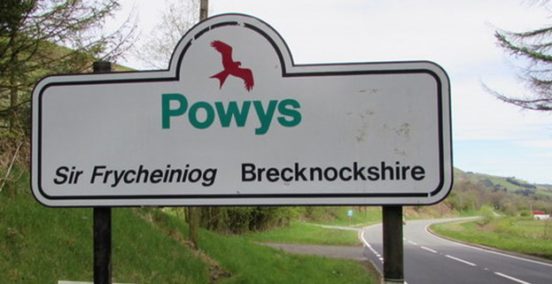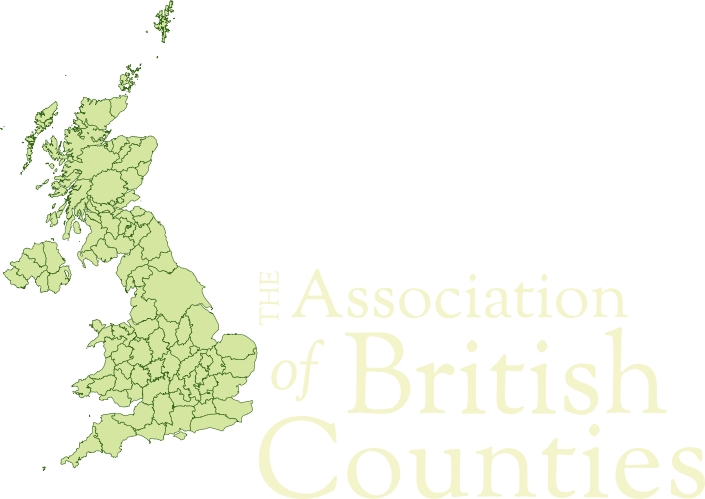In this article we propose ways in which the new Westmorland and Furness Council can celebrate the historic counties in its area in line with the UK Government guidance Celebrating the Historic Counties of England. This guidance recommends that councils celebrate the importance of the historic counties by supporting county days, flying county flags and marking historic county borders with appropriate signage. The importance of the historic counties is well expressed by the guidance:
“The historic counties are an important element of English traditions which support the identity and cultures of many of our local communities, giving people a sense of belonging, pride and community spirit. They continue to play an important part in the country’s sporting and cultural life as well as providing a reference point for local tourism and heritage. We should seek to strengthen the role that they can play.
Westmorland and Furness Council is one of 2 new unitary authorities due to replace Cumbria County Council and the district councils in its area from 1st April 2023. The ideas presented here could, however, be used by any local authority in the UK.
A longer pdf version of this article can be found at Celebrating the historic counties: Westmorland and Furness Council.
1. Westmorland and Furness Council area compared to the historic counties
The map below shows the area of Westmorland and Furness Council compared to the historic counties.

Westmorland and Furness Council has an area which includes parts of 4 historic counties:
- the whole of the historic county of Westmorland;
- the entire Furness region of historic Lancashire (aka Lancashire North of the Sands);
- a sizeable part of historic Cumberland including Penrith and Alston;
- the Sedbergh area of Yorkshire.
The use of both ‘Westmorland’ and ‘Furness’ within the council’s name is an appropriate reflection of the fact that the whole of these areas lie within the council area. However, 28% of the council area lies in historic Cumberland and 6% lies in Yorkshire. This need not be a problem so long as the council embraces the historic county identities of all four of the counties within its area. In the following sections we discuss how it can do this in relation to county days, county flags and boundary signage.
2. County Days
Each of the four historic counties which lie, wholly or partially, within the Westmorland and Furness Council area has a specific ‘county day’, a day on which the history, heritage and culture of that county is celebrated.
Cumberland Day (24th September) – Date of baptism of John Peel.
Lancashire Day (27th November) – Day in 1295 when Lancashire first sent representatives to Parliament, to attend the Model Parliament of Edward I.
Westmorland Day (29th September) – Date when the title “Earl of Westmorland” was created.
Yorkshire Day (1st August) – Slavery Abolition Act 1833 passed (William Wilberforce, Yorkshire MP).
Westmorland and Furness Council should endorse these county days and join in the celebrations. County day activities the council could get involved in include:
- Flying the county flag from public buildings;
- Posting support for the day and its events on social media;
- Hosting a civic reception in celebration;
- Encouraging council staff to celebrate the day.


3. County Flags
The Flag Registry of the Flag Institute contains details of the registered flags for the historic counties of Cumberland, Lancashire, Westmorland and Yorkshire. The council should fly the relevant county flag from public buildings within its area and encourage parish councils to also fly the relevant county flag.


4. Boundary Signs
The Traffic Signs Regulations and General Directions 2016 make provision for the erection of road signs marking historic county boundaries on motorways (Schedule 11, Part II, Item 79) and on primary or non-primary routes (Schedule 11, Part II, Item 80).
Westmorland and Furness Council should mark the borders of the historic counties within its area with appropriate road signage. This will not only give appropriate recognition to the historic counties but also be important to the tourism sector. Such signage has been erected by many local authorities and can include appropriate reference to both the county and the council. There are 3 scenarios which would need to be treated in slightly different ways.
For about 2/3 of its length the boundary of the council area is coincident with an historic county boundary. At such points both the council area and the historic county should be marked by signs similar to those of Powys Council – these feature the council name and logo with the historic county underneath.

There are many points within the council area where a highway crosses a historic county boundary. These should be marked by signs similar to those erected by Highland Council to show the historic counties in its area. On such signs the historic county name should have precedence, though the council can be referred to as well.

A lengthy stretch of the north-western boundary of the council area lies entirely within historic Cumberland. A stretch of the south-eastern boundary lies within historic Yorkshire. The council signs where highways cross the council boundary in these locations need not contain an historic county name.
5. Concluding remarks
There need be no conflict of interest between local government and the historic counties. Local authorities can ensure this by not seeking to take on a county identity and by embracing the historic counties of their area. The simple methods proposed here would cost little but have a big impact on public understanding and appreciation of the historic counties. This would be to the benefit of both the historic counties and local government.


6 thoughts on “Celebrating the Historic Counties: Westmorland and Furness Council ”
Unlike existing councils, who generally need to implement change in order to give recognition to the historic counties within their administrative boundaries, Westmorland and Furness Council have an ideal opportunity to adopt the policies and practices that will achieve this from their inception. By adopting the policies and practices ABC mention here, Westmorland and Furness can become a model council by setting a standard in this respect to which all councils should refer.
Let’s hope they do take some notice. It’s going to need some local people/groups to nudge them into this. We’ve written to them as ABC but it’s the lobbying of people in the area which is most likely to pay dividends.
The confussion between historic and ‘new’ counties since 1974; had been pretty farcical.These changes were meant to be purely administrative – not geographical.
The media’s interpretation of these changes over the decades has been an eye opener.especially since the passing of a generation,who were generally up in arms at the changes.the current generation; accept these changes parrot fashion – especially ‘greater Manchester’s’ soul dictator (sorry,mayor) who name checks such an abomination – at every available opportunity.
The planned abolition of ‘Cumbria county council’ from april 2023; is certainly a huge step in the right direction,for the restoration of traditional/historical counties.
Will the UK media embrace this? Sorry to sound negative – but I wouldn’t hold your breath!!
I’m certainly not holding my breath 🙂
Much depends on whether a combined authority (with elected mayor) of ‘Cumbria’ is created from the two new unitary authorities. You would have to think this may actually bolster the ‘Cumbria’ brand with the media rather than reduce it (cf how ‘Greater Manchester’ has made a come-back since the combined authority/mayor was formed). The challenge, as ever, is to somehow get the media to understand that these administrative bodies are different in kind to the counties. This is very hard with the likes of ‘Cumbria’ and ‘Greater Manchester’ since these names are now synonymous with the fake counties of 1974. In genberal, manufactured names are fine for manufactured administrative areas. It’s the masquerading as counties which we oppose. That’s why we’d rather these two names go.
You do a brilliant job. The whole country especially people born in the 60s and after are confused with the 1974 admin boundary changes. The Post Office and Media have added to the confusion since 1974.
Nigel Sollitt’s comments were a constructive response suggesting a way forward, to a situation which has developed after decades of unnecessary bureaucratic vandalism.